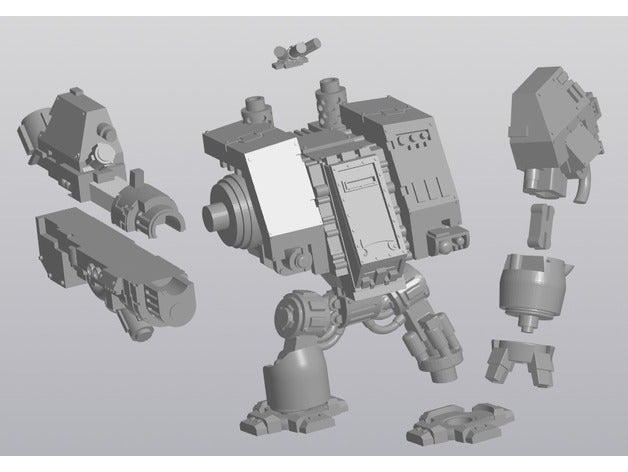

Upon the treaty’s signing, the Navy’s strength was limited, particularly in battleships. Following the end of WWI, both ships mostly continued their peaceful service until the signing of the Washington Naval Treaty in 1922. While USS Delaware was operating overseas in European waters, USS North Dakota was kept close to the American shoreline due to concerns about its novel propulsion system. Although sister ships, USS North Dakota featured a different propulsion system than USS Delaware - namely a steam turbine instead of a traditional steam engine.īoth ships saw only limited action, despite serving through the WWI period. The two ships of the class, USS Delaware and USS North Dakota, were both commissioned into service with the USN in April 1910. Being larger, better armed and more protected than the preceding South Carolinas, the Delaware-class battleships were ordered for construction and laid down in 1907. Despite the fact that the new ships were not generally inferior to the British competitor, they were criticized for their small hull size and weak auxiliary artillery.Īs a result, the Delaware-class battleships were developed during the mid 1900s. When the British Dreadnought was built, the United States had been completing their own “all-big-guns” battleship, the South Carolina class.


 0 kommentar(er)
0 kommentar(er)
